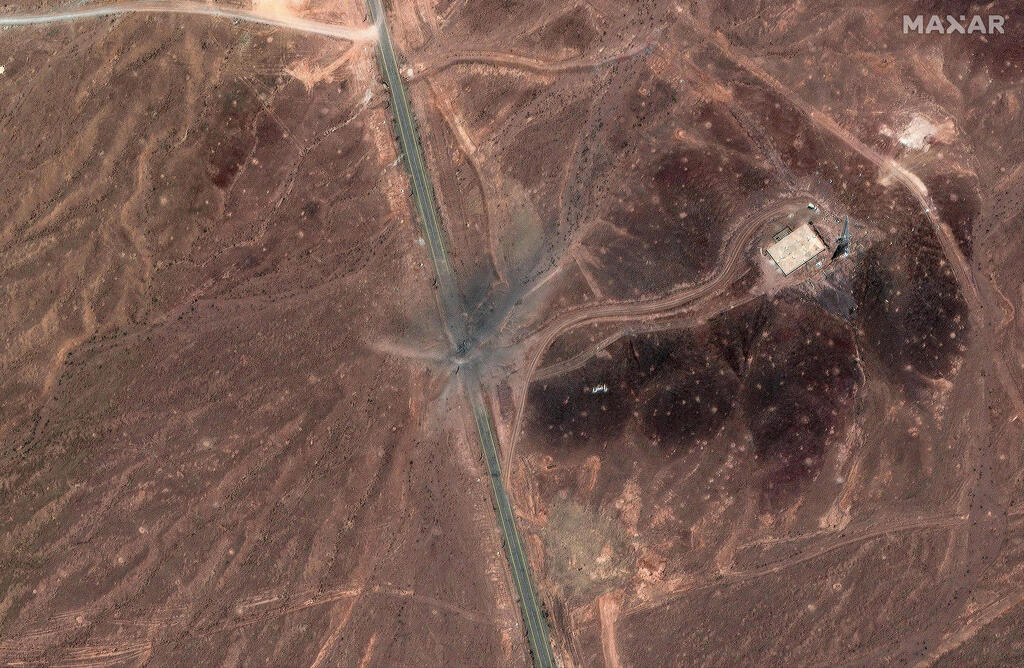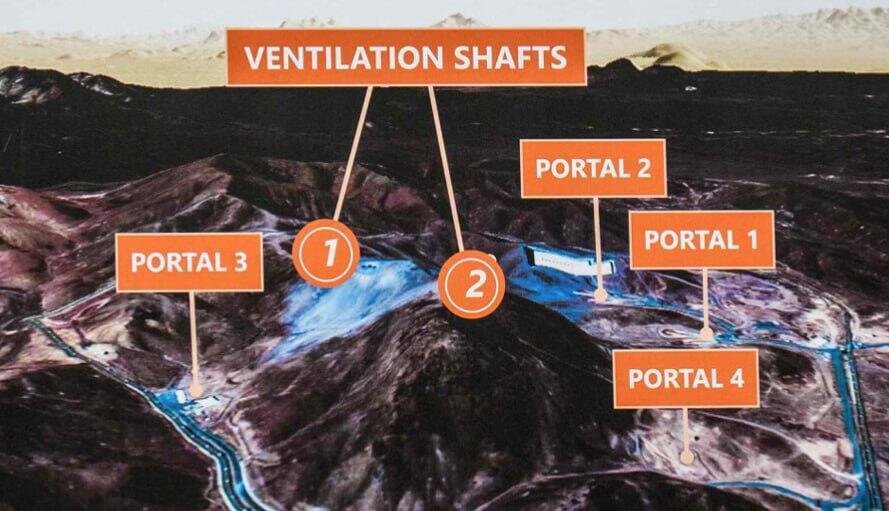If Iran did in fact remove the enriched uranium from Fordow before it was attacked, and hid it elsewhere in Iran, the regime could if it chose to, produce a nuclear weapon quickly, to prevent any further threat.
It could also decide to use the uranium as a bargaining chip in further talks with the United States.
IAEA chief Rafael Grossi said in a recent interview that Iran’s Foreign Minister Abbas Araghchi informed him on June 13, at the start of Israel’s operation against Iran, that special steps were taken to protect the nuclear equipment and materials.
Grossi said that he believed that most of the enriched uranium was in the hands of the Iranian government. He said it could be stored in containers small enough to fit in a truck of a car and according to the New York Times, no more than 10 cars would be needed to move the entire stockpile.
The Times said there was “evidence” that cars moved materials to and from the facility at Isfahan.
However the strike on Fordow certainly destroyed the advanced centrifuges needed to enrich uranium. He said they were extremely sensitive to vibration and require highly precise calibration. “Given the strength of the bombs and the technical characteristics of the facility, significant physical damage was unavoidable,” he said. Israel and the United States also believe Iran would not be able to enrich more uranium after the American attacks including on Isfahan where uranium was converted into metallic form. “
Iran’s Supreme Leader Ali Khamenei assured his people that the nuclear reactors could be rebuilt and there is currently no agreement between Iran and the international community that would prevent Tehran from rebuilding.
The United States presented Iran with a number of offers to enable negotiations to resume and Tehran said they were being considered.
CNN cited officials at the CIA who said Iran has secret nuclear sites that are probably still active. Sima Shein, a former senior member of the Mossad and an expert on Iran, told the British Telegraph that those sites house hundreds of centrifuges that could be used to enrich uranium to 90%. One such potential secret site in the underground facility Iran had been building near the Natanz reactor, in the Zagros mountains.
Like the site at Fordow, the underground facility was build as a Pickaxs Mountain, at a depth of between 60 and 90 meters, also experts who reviewed satellite images said it could be even as deep as 100 meters, providing it with a stronger defense from bombing than in Fordow.
While there were two entrances into the Fordow site, the secret site in the Zagros mountains has four paths leading into it. According to the New York Post, it was unclear whether the site was damaged in Israeli or American strikes.






